Vintage photos show what Kyiv looked like before Russia's assault on Ukraine's glittering capital
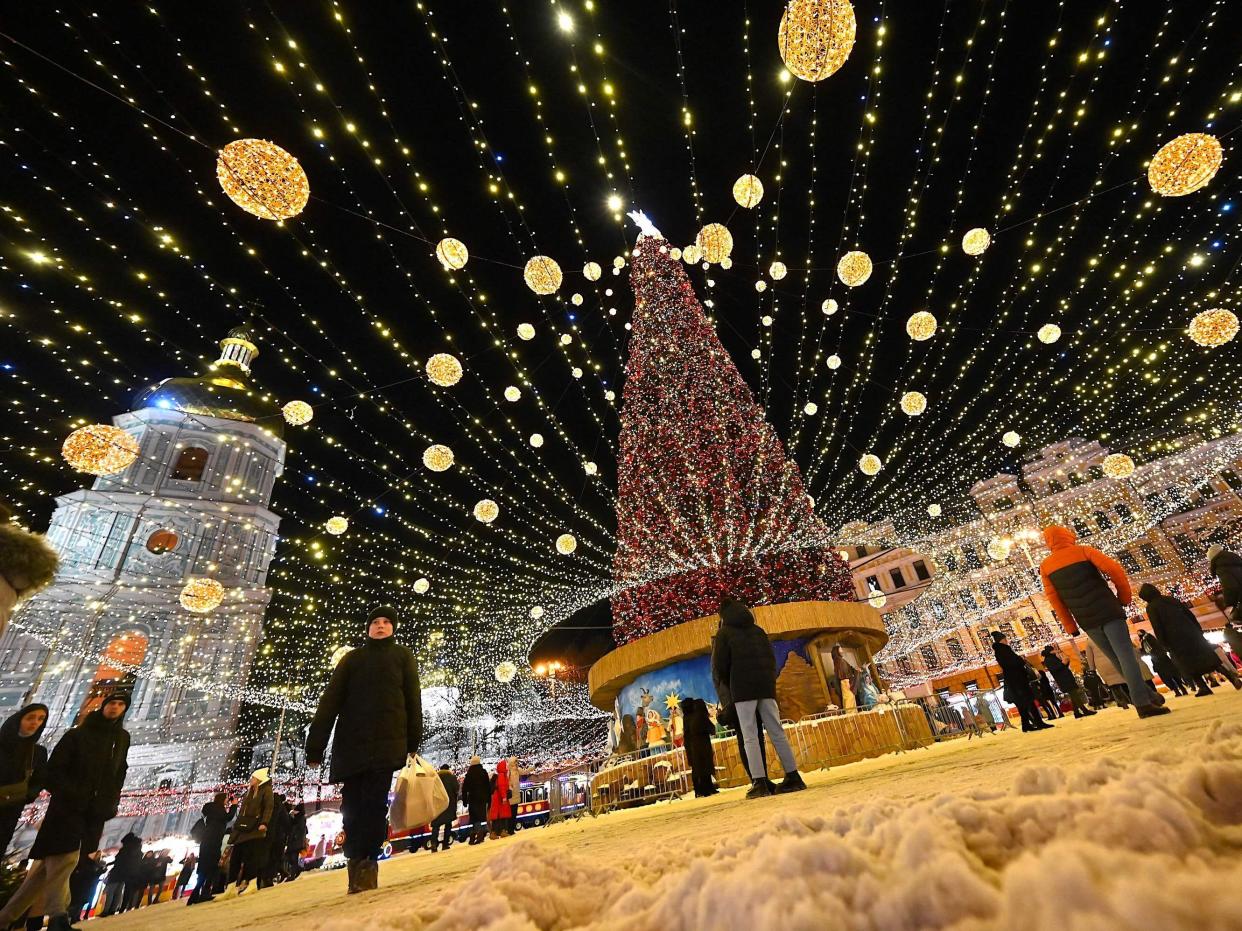
When Putin declared war on Ukraine, he expected to quickly seize the country's capital, Kyiv.
But after over 10 months of war, the city of nearly 3 million people remains in Ukrainian hands.
Before Kyiv was thrust into the global spotlight, it proudly boasted a rich and robust history.
Kyiv is widely believed to have been established over 1,500 years ago in the late 400s. Legend tells of three brothers — Kyi, Shchek, and Khoryv — who led a tribe of East Slavs to the region.
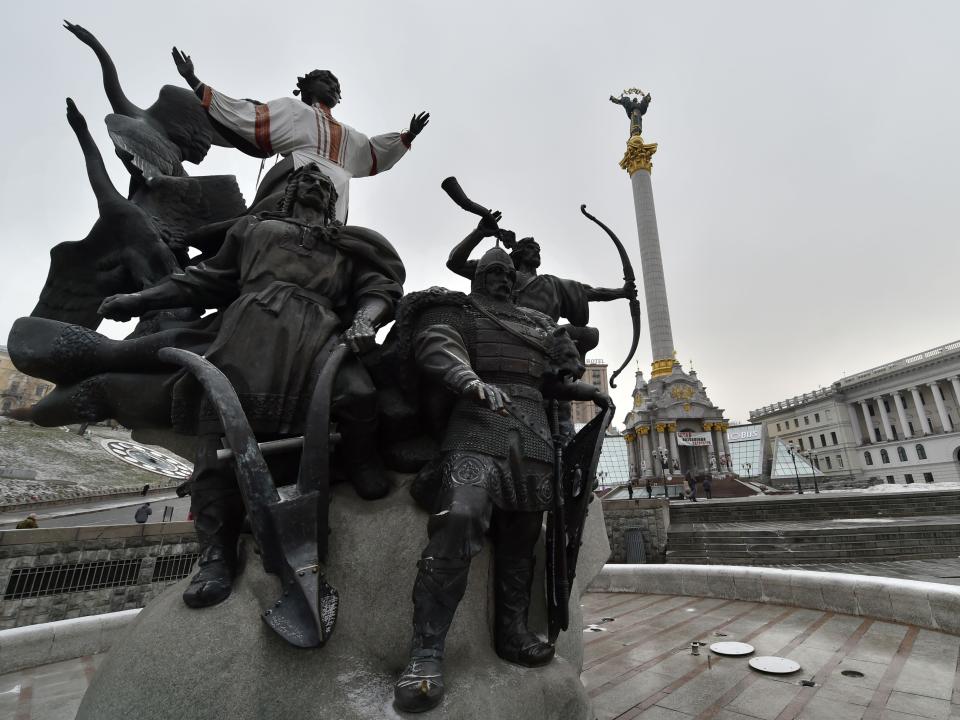
Source: Britannica
During the ninth century, the city was captured and became the capital of the first East Slavic state called Kyivan Rus.
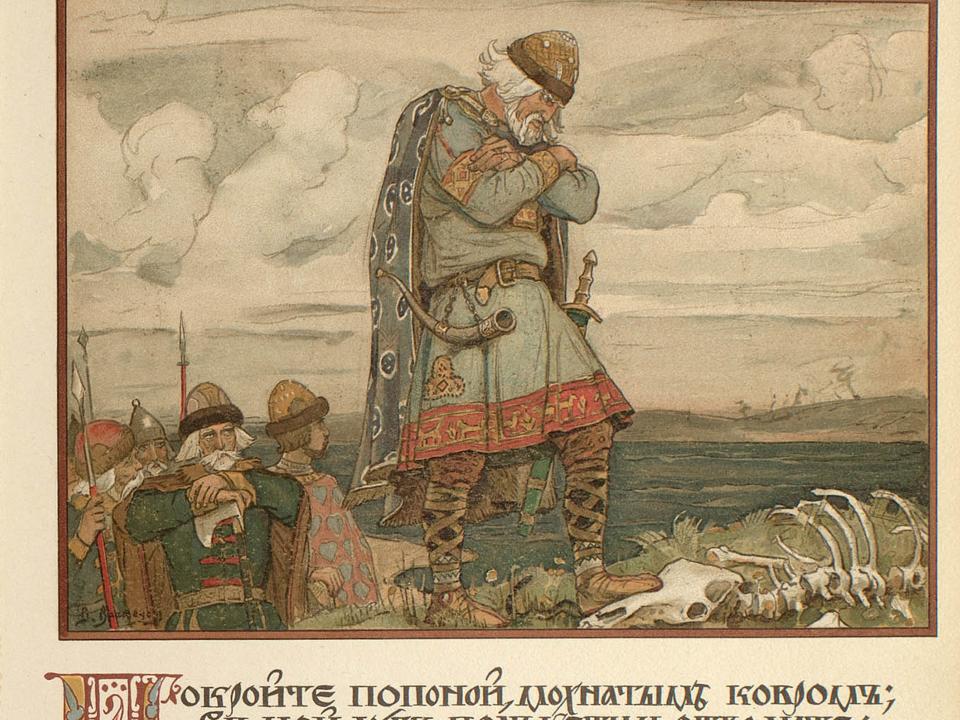
Source: Britannica
Throughout the 10th and 11th centuries, Kyivan Rus was the largest and most powerful state in Europe.
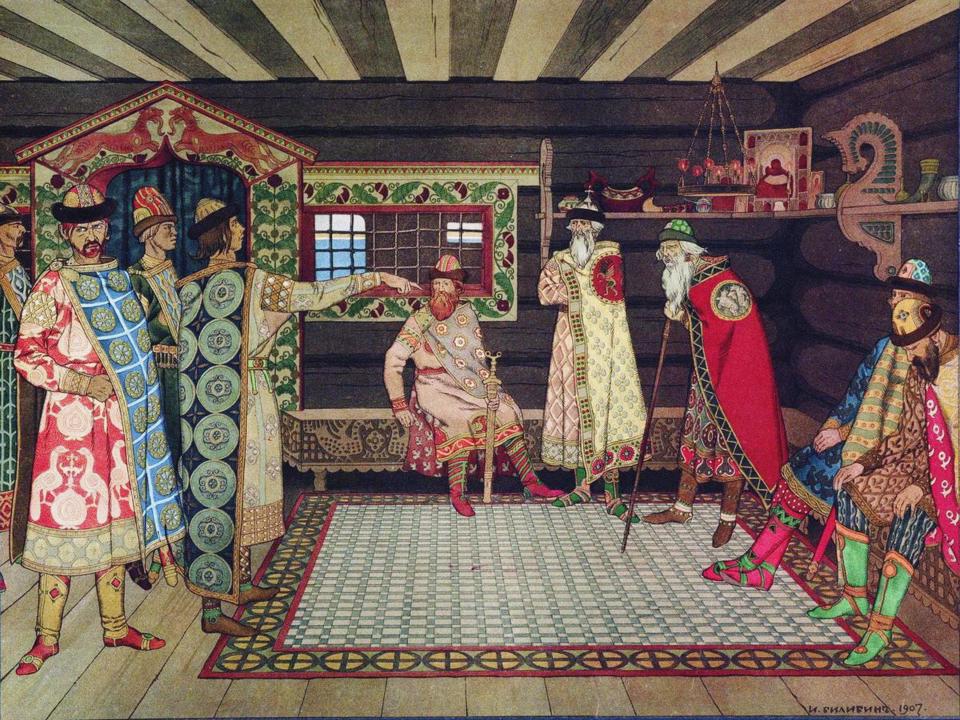
Source: Britannica, CIA
In the 11th century, the first foundations for the Saint Sophia Cathedral were laid. It took years to complete.

Source: The Museum of St. Sophia Cathedral
The cathedral is now a UNESCO World Heritage site.
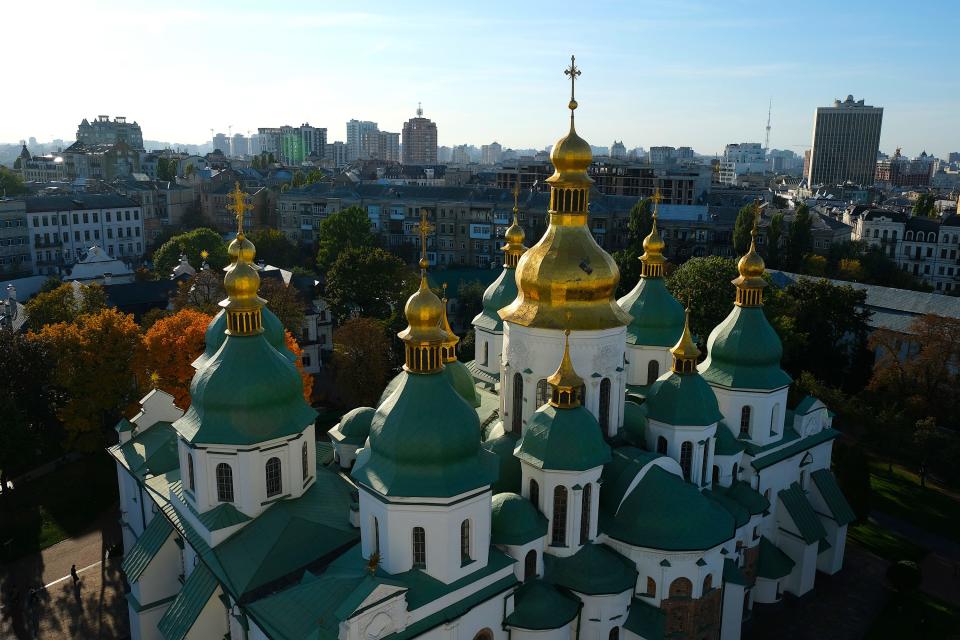
Source: UNESCO
But Kyiv's power declined by the late 12th century, as it was weakened by internal struggles, and later captured and destroyed by the Mongols.
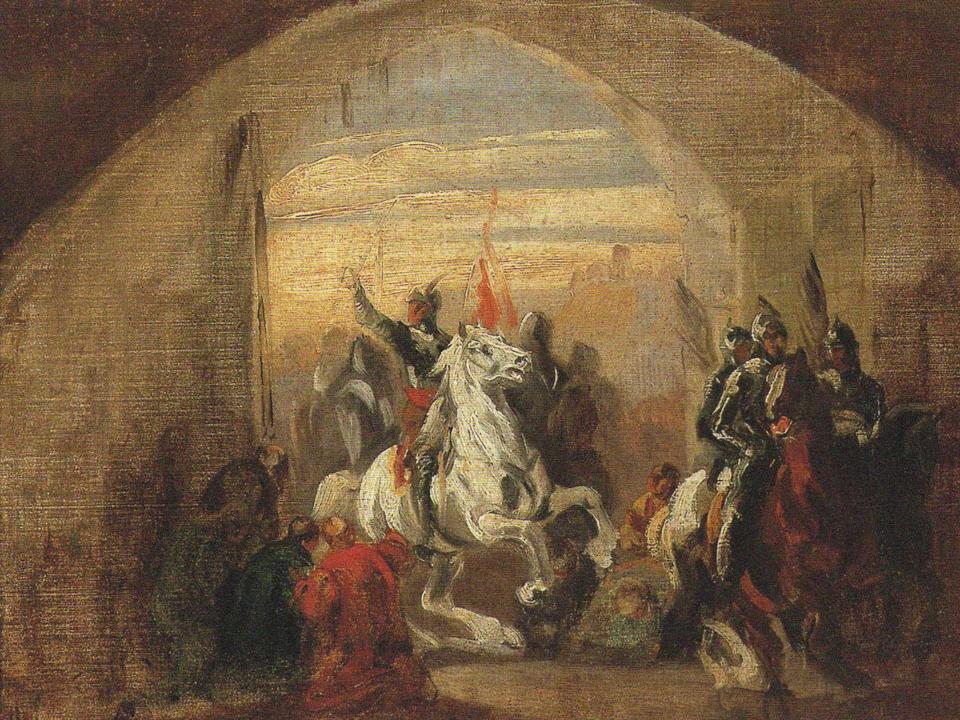
Source: Britannica, CIA
During the mid-1300s, Kyiv became a part of the Grand Duchy of Lithuania. By the 17th century, Ukrainian nationalism was beginning to rise.
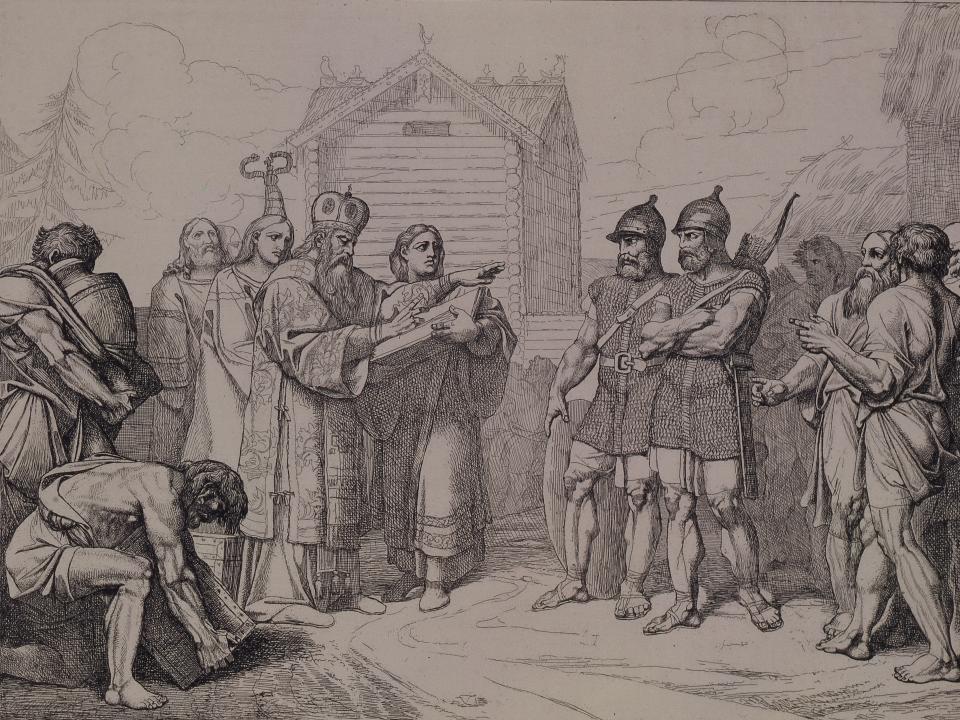
Source: Britannica, CIA
The Russian Empire took control of Kyiv through the 1686 Treaty of Eternal Peace with Poland, and around 100 years later, most Ukrainian territory — including Kyiv — was part of the empire.
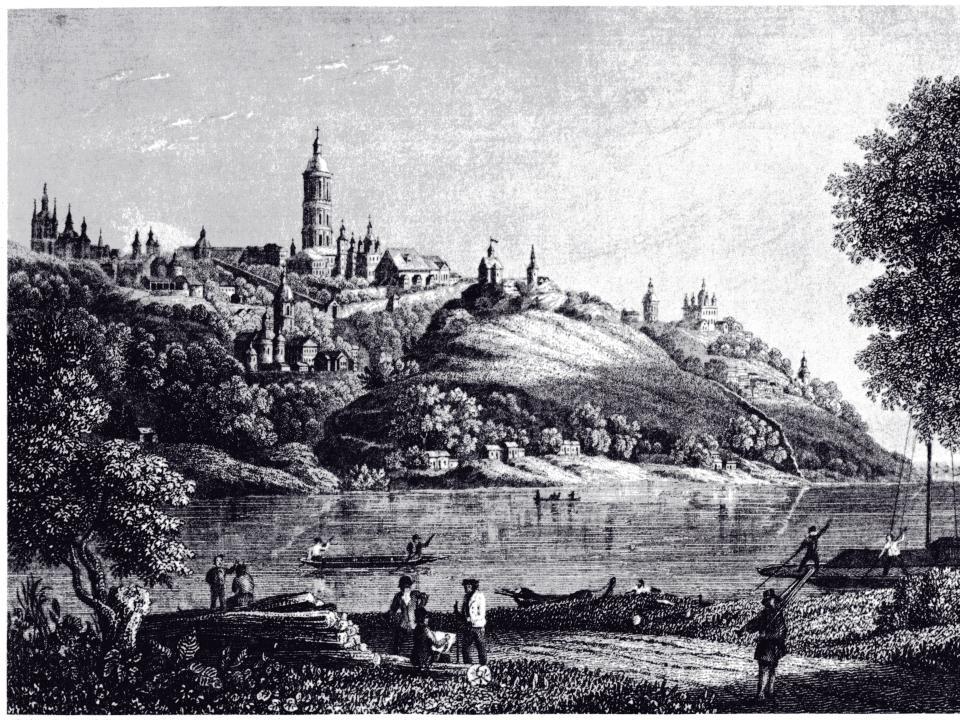
Source: Britannica, CIA
In the mid-1700s, Empress Elizabeth of Russia ordered the construction of the baroque Mariinsky Palace, which would later serve as the residence for presidents.
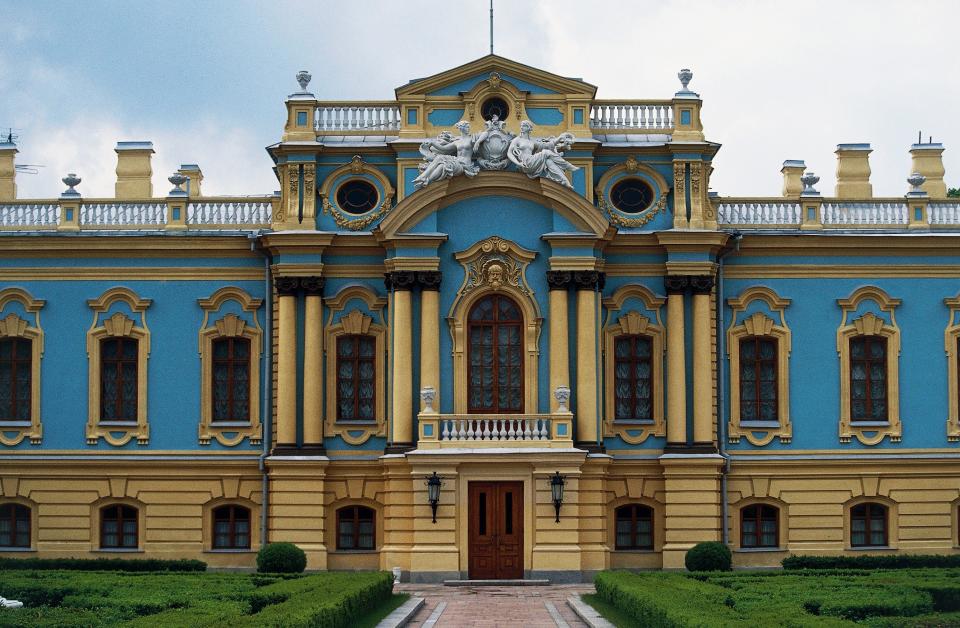
Source: Kyiv Post
Kyiv soon became a hub for Ukrainian nationalism.
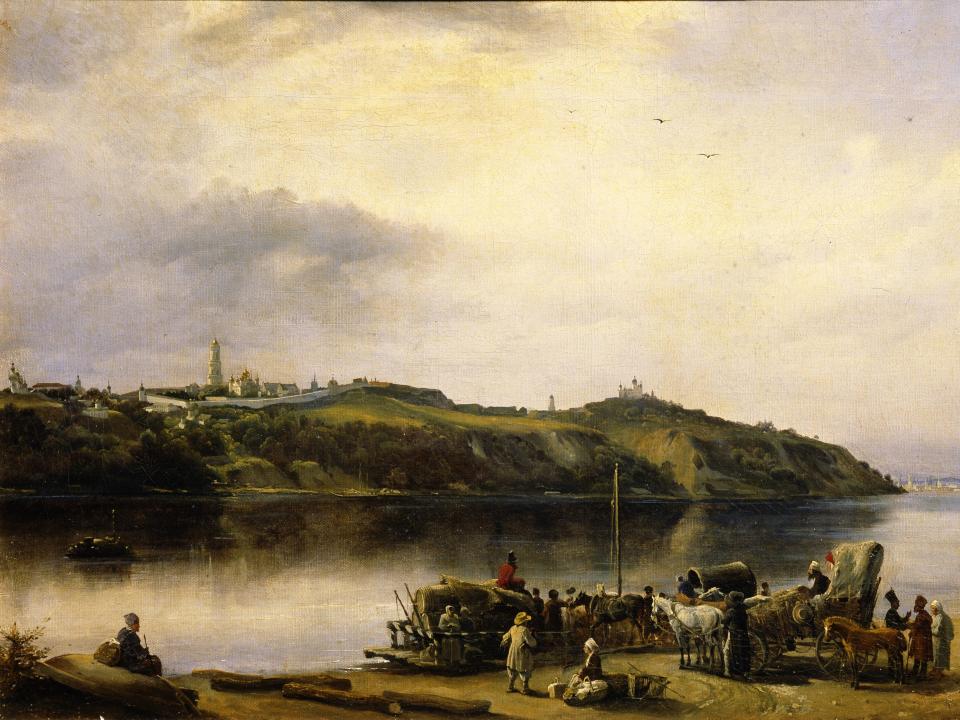
Source: Britannica
The city's economic power also grew as Kyiv's industry spread in the coming decades.

Source: Britannica
Grain was a significant export for Kyiv, which soon became connected to Moscow and Odessa by rail, allowing more growth. The city also saw the rise of textile production, tobacco processing, distilling, brewing, and leather making.
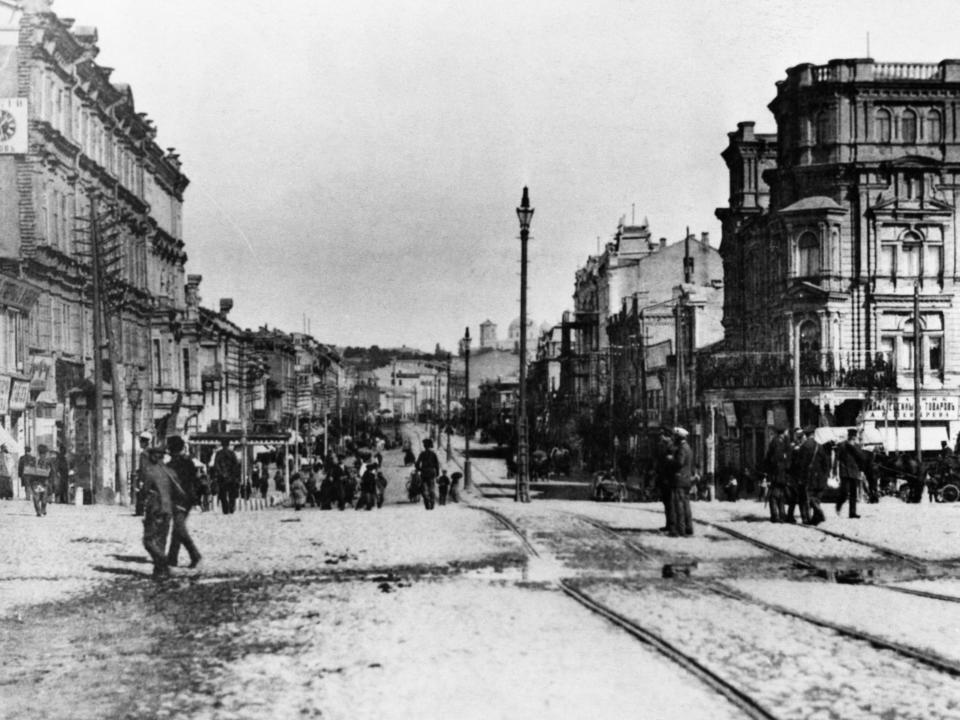
Source: Britannica
After the 1917 Russian revolution, Ukraine became an independent state for just a few years with Kyiv as its capital. The city withstood a short German occupation during World War I before it eventually became the Ukrainian Soviet Socialist Republic, part of the Soviet Union.

Source: Britannica, CIA
As a Soviet state, Ukraine — and Kyiv — endured famine and devastation during World War II.
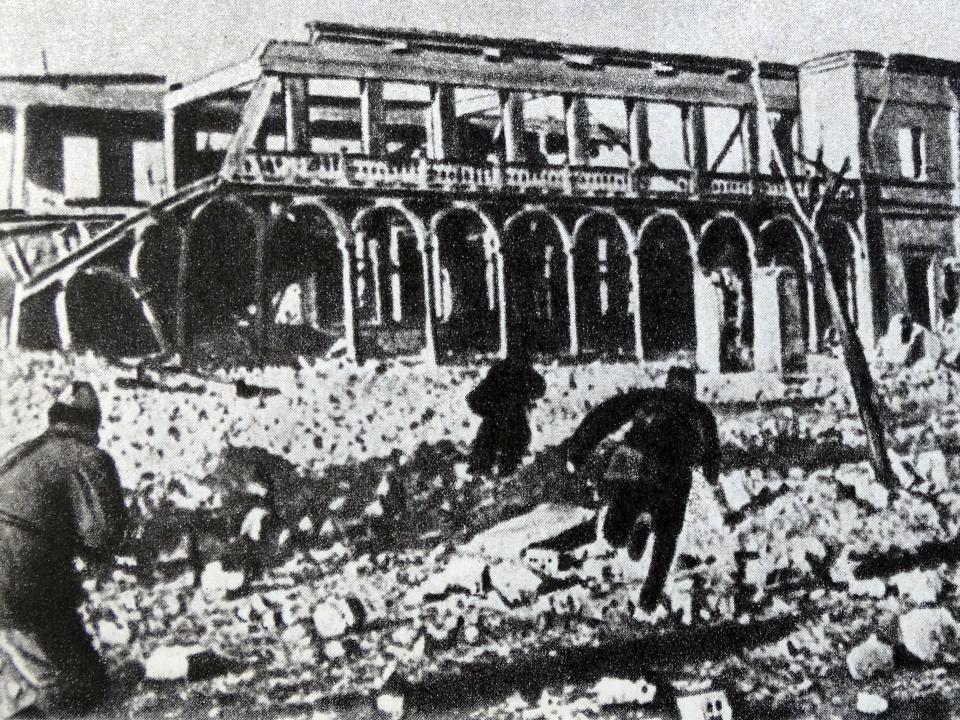
Source: CIA
Ukraine remained a Soviet state until it gained its independence in 1991, and established diplomatic relations with the US. But the country remained on the frontlines of a struggle between pro-European Western values, and those of Russia to the east.
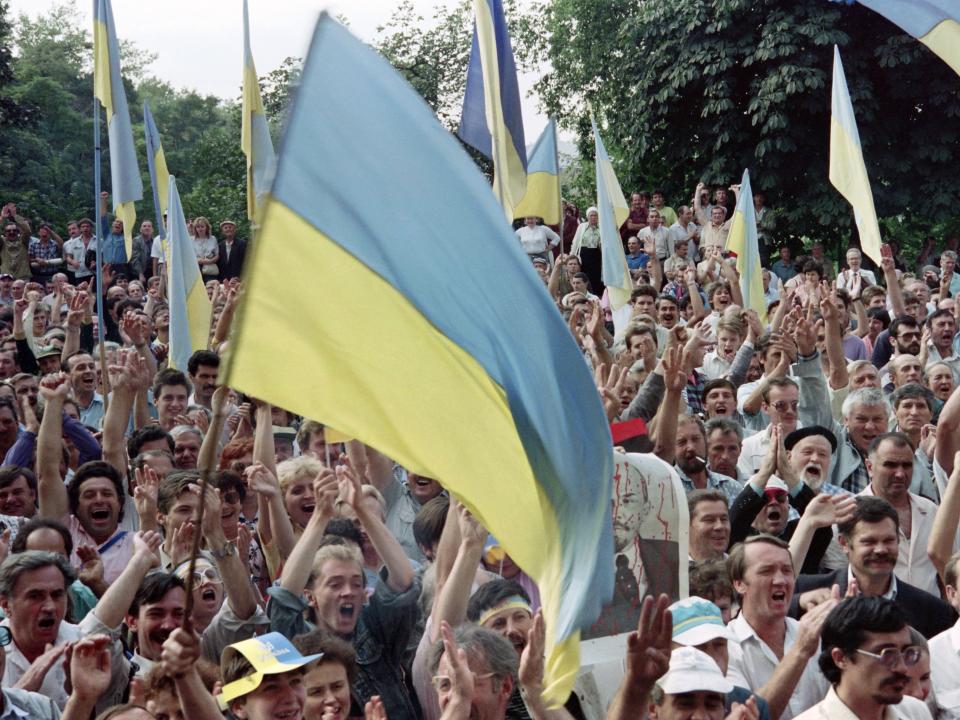
Source: State Department
In 2004, demonstrators took to the streets in Kyiv to protest against a rigged presidential election. A new, internationally monitored vote brought pro-West Viktor Yushchenko to power.
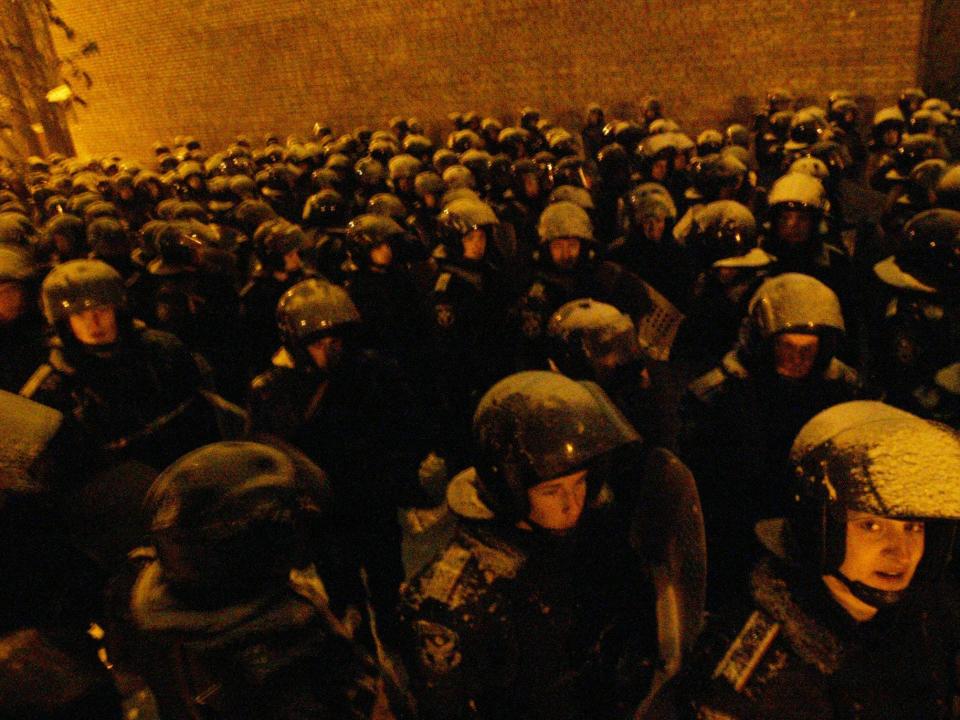
Source: CIA
In 2013, police in Kyiv under pro-Russian president Viktor Yanukovych led a violent crackdown against protesters who opposed his rule.
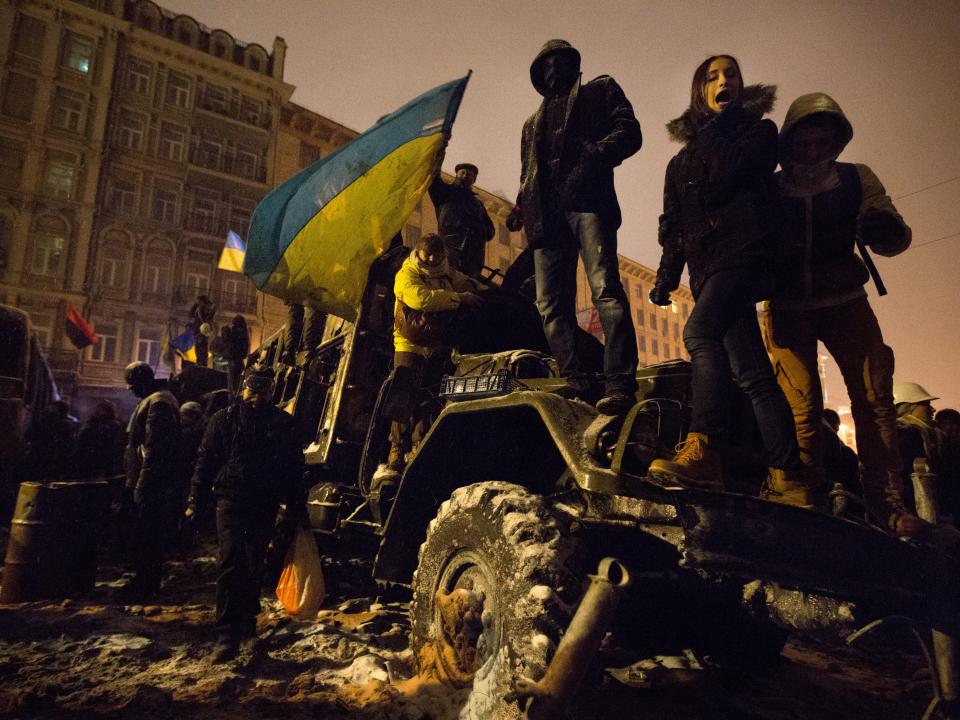
Source: CIA
After months of demonstrations, pro-West Petro Poroshenko became Ukraine's president in 2014, and Volodymyr Zelenskyy succeeded him five years later.

Source: CIA
Before entering politics and becoming the leader of Ukraine, Zelenskyy was a comedian and TV star. As president, he enjoyed solid popularity.
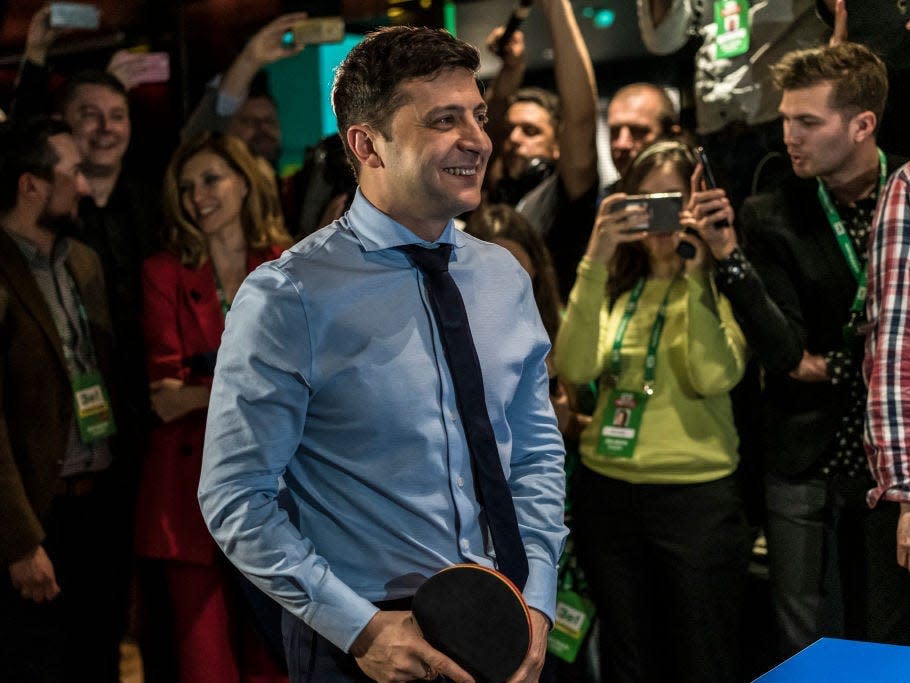
Source: Insider, The Wilson Center
Kyiv has a moderate climate, and the city is defined by high-rise buildings, church spires, and golden domes. It also held one of Ukraine's many Christmas markets.

Source: Britannica, Visit Ukraine
Kyiv has numerous historic and tourist attractions, like St. Sophia's Cathedral or the Great Patriotic War Museum. Locals could pass the time by watching soccer, or visiting one of the city's many art museums.
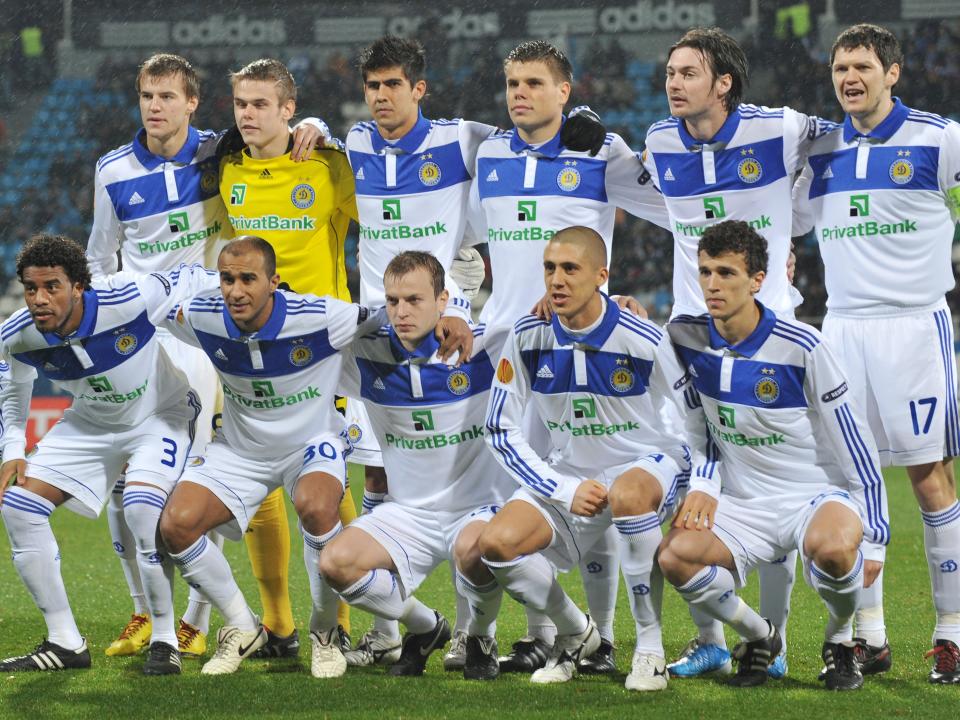
Source: Lonely Planet, Visit Kyiv Ukraine
Kyiv is still a major administrative hub and industrial center, with lots of manufacturing factories. The population grew to 3 million by 2022.
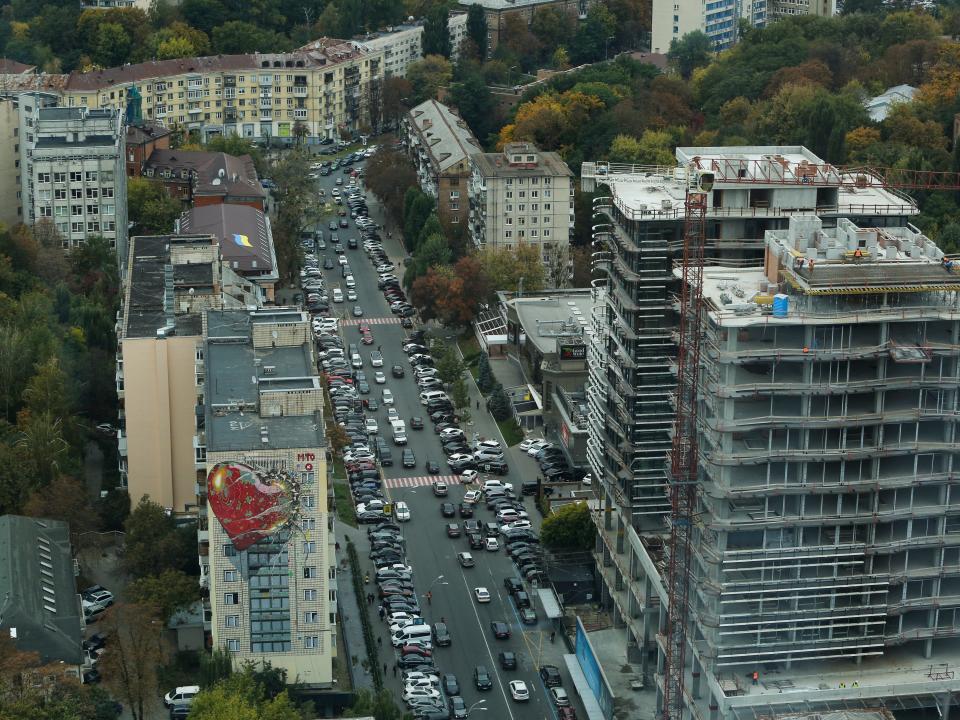
Sources: Britannica, CIA
But on February 24, 2022, Russian President Vladimir Putin ordered a full-scale invasion of Ukraine, launching an assault on Kyiv. He expected the city to fall within days.

Source: Insider
Over 300 days later, Kyiv has withstood waves of missile and drone attacks — but remains in Ukrainian hands.

Source: Insider
Read the original article on Business Insider


